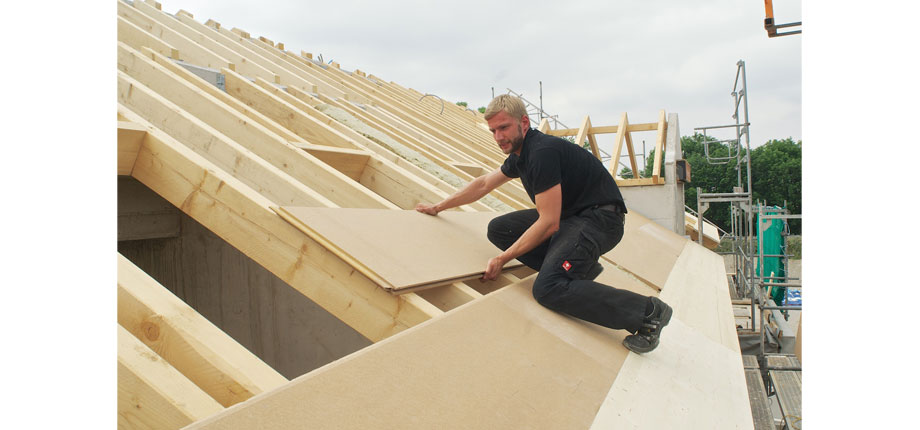When building homes, too often the emphasis is on energy efficiency, airtightness and warmth, to ensure homes are cosy for occupants.
You can always have too much of a good thing and airtightness can often lead to little ventilation and a low indoor air quality.
Adrian Judd, operations director at Steico UK, explains how using natural materials in homes resolves this and actively promotes higher indoor air quality.
Housing associations often house the most vulnerable people in society. That means housing associations have more to gain from building homes which promote high quality indoor air.
With all the building design emphasis on warmth and energy efficiency within a home, there is often a lack of attention to ventilation and breathability. Many British homes actively promote poor indoor air quality which may be connected to respiratory illnesses being more prevalent in UK citizens than any other European country.

The benefits of a higher indoor air quality
A high internal air quality within a home has a myriad of benefits. These include:
1. Eradication of air pollutants or allergens
Air pollutants and allergens within the air can increase the prevalence of the symptoms of illnesses such as asthma and allergic rhinitis (more commonly known as hay fever). Breathability and good ventilation within homes can help to filter out pollutants and allergies, reducing the symptoms of asthma or hay fever.
Homes can become stuffy as the concentration of carbon dioxide – which we breathe out with every breath – rises.
For a building to stay healthy, you need to ventilate it regularly. The age-old way is to open windows and doors but this often let in as many pollutants as it releases.
2. Improved sleep
Irritation to breathing, caused by air pollutants and a low indoor air quality, can contribute to poor sleep quality. Better indoor air quality means occupants sleep more soundly. That can have knock-on effects regards productivity and focus.
3. Reduced energy costs
Energy consumption reduces as indoor air quality rises.
This is due to healthy buildings don’t rely on costly air conditioning which is costly both to the home-owner and the planet.
How can natural materials support occupant health?
Natural materials are ‘vapour-permeable’ meaning they allow microscopic drops of water to be exchanged across a building’s membranes which connect the internal and external environments.
This exchange promotes higher indoor air quality by giving internal air pollutants an escape route. The walls filter the air in a home.
Taking care of the planet and us
In addition, natural materials - such as wood – lock up carbon.
This is often termed ‘carbon sequestration’. It refers to the capture and storage of carbon within the material’s make-up. Carbon is locked in every fibre of wood and is held there until the end of its lifecycle.
Constructing buildings to support occupant health
Housing associations can ensure homes have a high indoor air quality, are healthy and support occupant health through the use of natural materials wherever possible. Natural materials can be used in countless applications throughout a home, including in flooring, roofing and insulation.
Insulation, made from materials such as woodfibre or wool, has high thermal efficiency and is vapour-permeable, contributing to a home which is warm, has a high indoor air quality and ultimately, supports occupant health.
We must all put greater emphasis on the health of our buildings for the sake of their occupants, the accommodation itself and the planet.
Steico is encouraging all members construction industry to show their commitment to healthy building, as part of their Supporting Healthy Buildings campaign. To learn more about the campaign or to show your commitment, visit https://www.steico.com/en/news/campaign/.
bylined by Adrian Judd, Operations Director at Steico UK
- Log in to post comments













